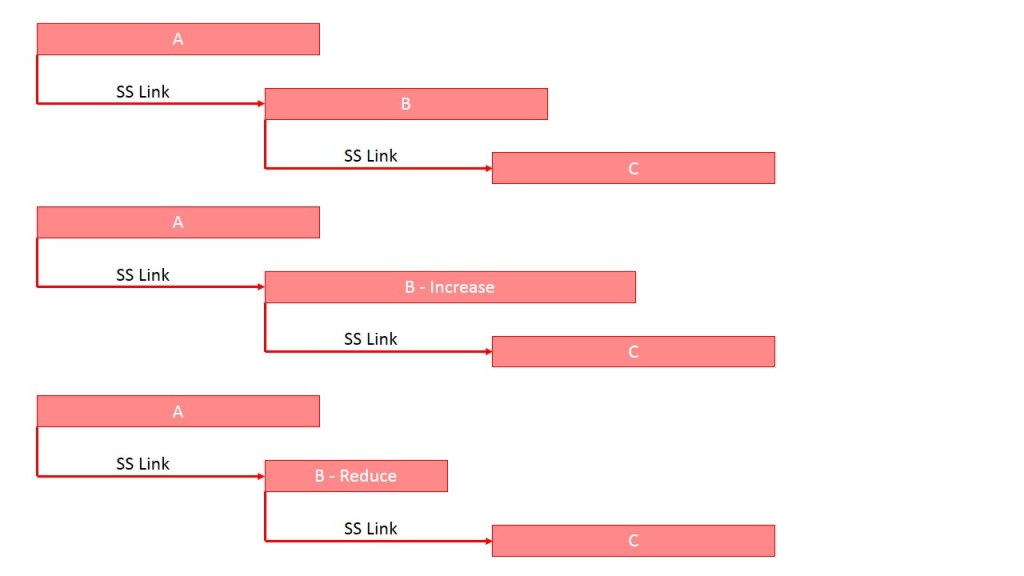Amidst all the razzamatazz surrounding the opening of the Elizabeth Line in London it is worth remembering the construction project to deliver the railway is far from finished, four years late, and some £4+ Billion over budget.
The full Crossrail project may be finished with a full timetable operating sometime in May 2023. At the moment the newly opened system is operating as three separate railways and work on the Bond Street Station in central London is far from complete. Testing and integration issues remain and there is no announced completion date.

The original 10-year project was planned to open in December 2018, and through to some-time in mid-July 2018, the project was reporting progress as on-time and on-budget! Three-and-a-half years later management is not sure how long (or how much) will be needed to complete the project.
This project controls disaster will be written about for years. From my perspective the major failure in the period up to 2018 lay in a combination of culture, poor governance, and hubris, the governance failing has been discussed in a 2019 presentation Governing for success, Crossrail: https://mosaicprojects.com.au/PDF_Papers/P172_Govering_for_success-Crossrail.pdf
The cultural issues seem to have been largely ignored. Project management success in a civil engineering project is largely determined by delivering the work on-time and on-budget. This was the mantra of Crossrail management through to 2018. Right through to 2018, there seems to have been an assumption that the heavy civils work was done and the intangible issues around systems integration and safe operating procedures would be sorted out ‘it will be alright on the night’. The technical debt built up by the project hiding and discounting these issues was ignored. The biggest of these was integrating the complex signalling systems. Issues with integrating the signalling systems were identified by 2015 (if not earlier). Completing the integration of the signalling seems to be the reason the line is now opening as three separate systems. This issue is discussed in Who’s Cross About Crossrail – the insidious effect of technical debt: https://mosaicprojects.com.au/PDF_Papers/P204-Technical_Debt.pdf After the original management were fired and new people brought in, the voices of the railway professionals was heard. The original plans envisaged a few months of testing, commissioning and trial operations:

Interestingly this 2012 plan shows a 12-month slip – passengers cannot be carried until the trial running has been successfully completed. The actual time needed to train staff and complete the testing, commissioning, and trial operating phase has been closer to 2.5 years.
The approach adopted by the new management team has been to ensure that at each stage of opening 100% of the scheduled services will run as timetabled. Simple testing was not enough, a complex system of scenarios were rehearsed, and then trialed for real using volunteer crowds – the two priorities seem to have been guaranteeing safety and operational reliability. Delays in opening were less important, people don’t really miss a service they have never used (but do get really upset if a train they are relying on does not arrive). After the first few days of operation, these objective seem to have been achieved. Apparently, the culture of the managers pre-2018 could not grasp or understand the complexities of opening new railways. Hopefully this lesson will be learned and applied on a number of other major rail projects including HS2 in the UK and the Melbourne Metro project.
For more on project governance see: https://mosaicprojects.com.au/PMKI-ORG.php
Update: Mark Wilde CEO of Crossrail shared the lessons he learned from being in charge of the massive project in early June, his insights make fascinating reading: Read the article.












